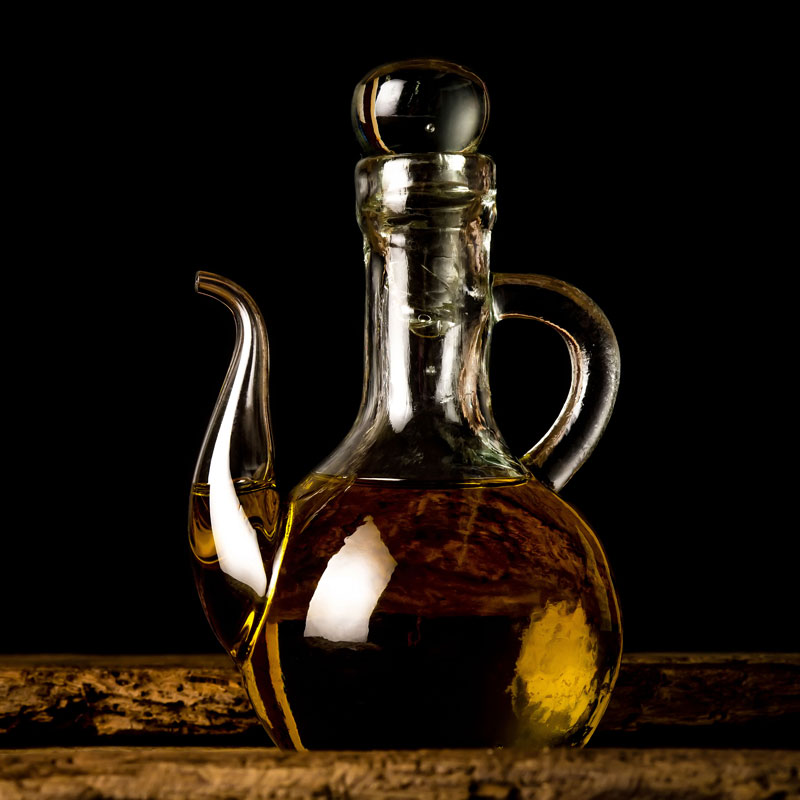Production was decimated by the fall of Rome and the barbarian invasions and olive oil became a rare and precious commodity. Production continued throughout the middle ages mainly thanks to the Benedictine monasteries. Later, the industry was revived thanks to the trade promoted by the Seafaring Republics of Venice and Genova.
In recent centuries, olive oil has played a key role in Italian farming, food production and food culture. With its many regional specialities, Italy is the world’s undisputed leader in olive oil, though a globalised market has led to an invasion of low-cost products, generally obtained from Spanish, Greek or Tunisian olives.
Carefully examining the labels of the olive oils displayed on supermarket shelves is a good way to understand the quality of the oil you are about to purchase. If the term “olive oil” appears on its own, the product in question may well have been obtained by extensive chemical processing.
The term “virgin” is a first indication of quality and also has a specific meaning in terms of the legal classification of olive oil products: ‘Corrente’ virgin olive table oil – acidity below 3.3% but with defects detectable on the palate; Virgin olive oil – acidity between 1 and 2%; Extra virgin olive oil – acidity below 1% and no defects of flavour.
As the above definitions show, evaluations of quality are only partly determined by analytically measurable parameters (like acidity expressed as a percentage of oleic acid). Organoleptic analysis is carried out by dedicated tasting panels, based on parameters established at a European level by the C.O.I. (Consiglio Oleicolo Internazionale – the International Olive Oil Council).
Evaluation is carried out in three stages: appearance, smell and flavour. The visual examination is the least important as the colour and shade of the oil depend on factors that do not necessarily have any influence on quality. To prevent the appearance of an oil conditioning the other sensory evaluations, tasters use special rounded glasses made from a dark blue glass.
